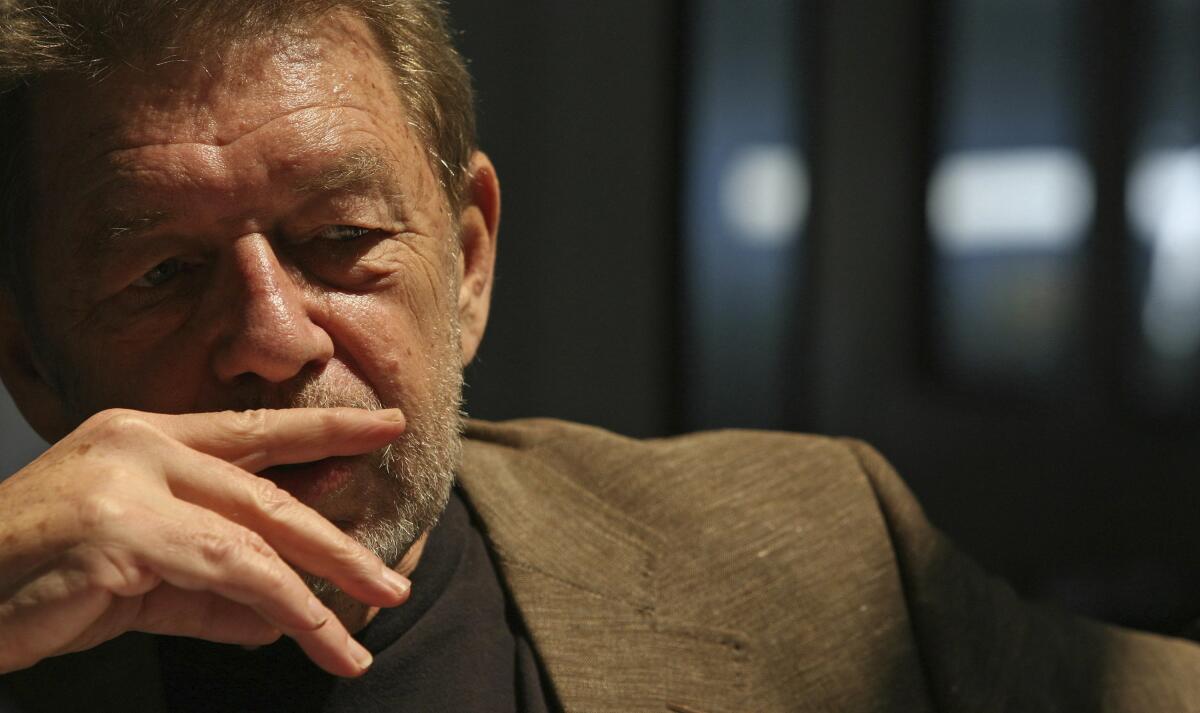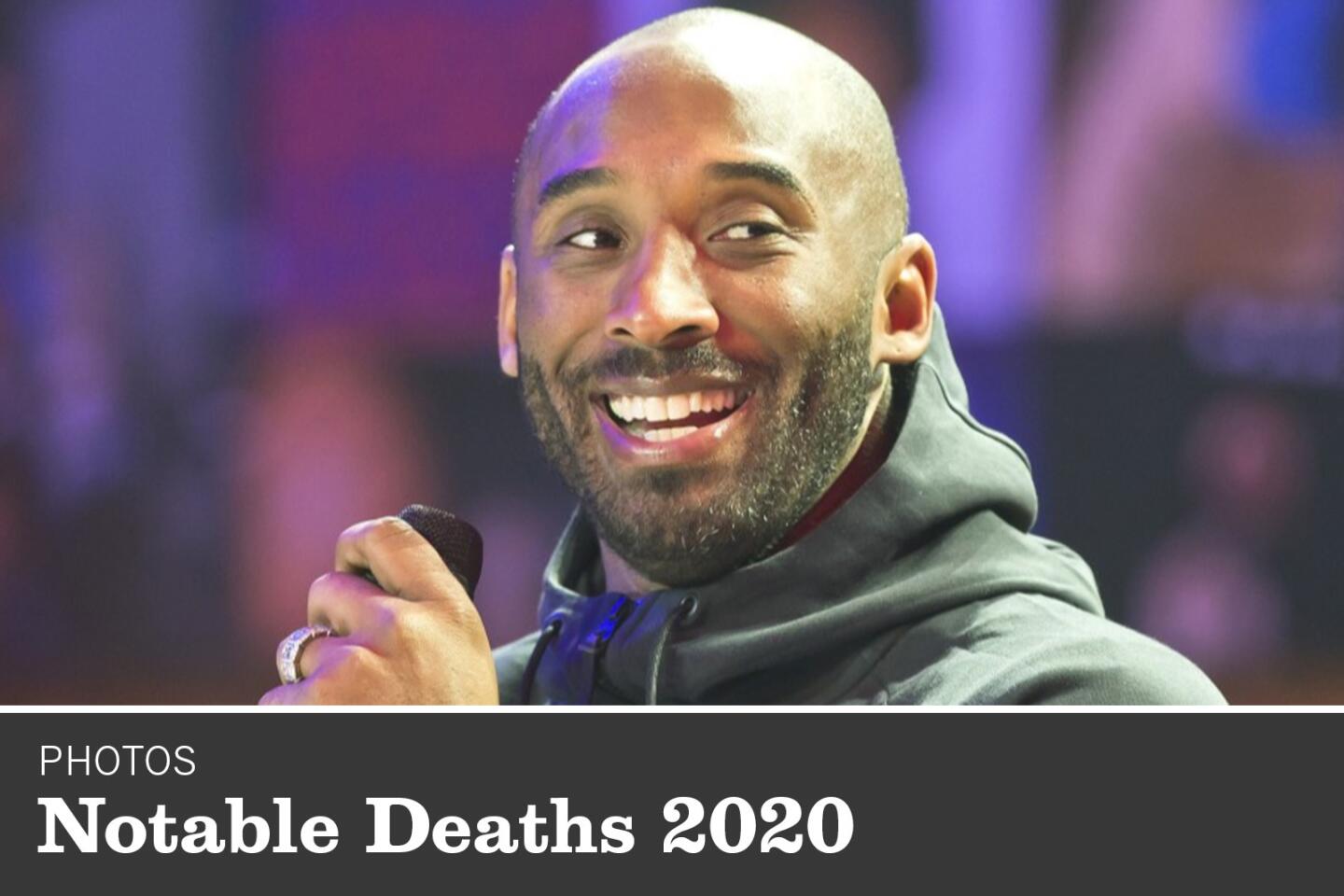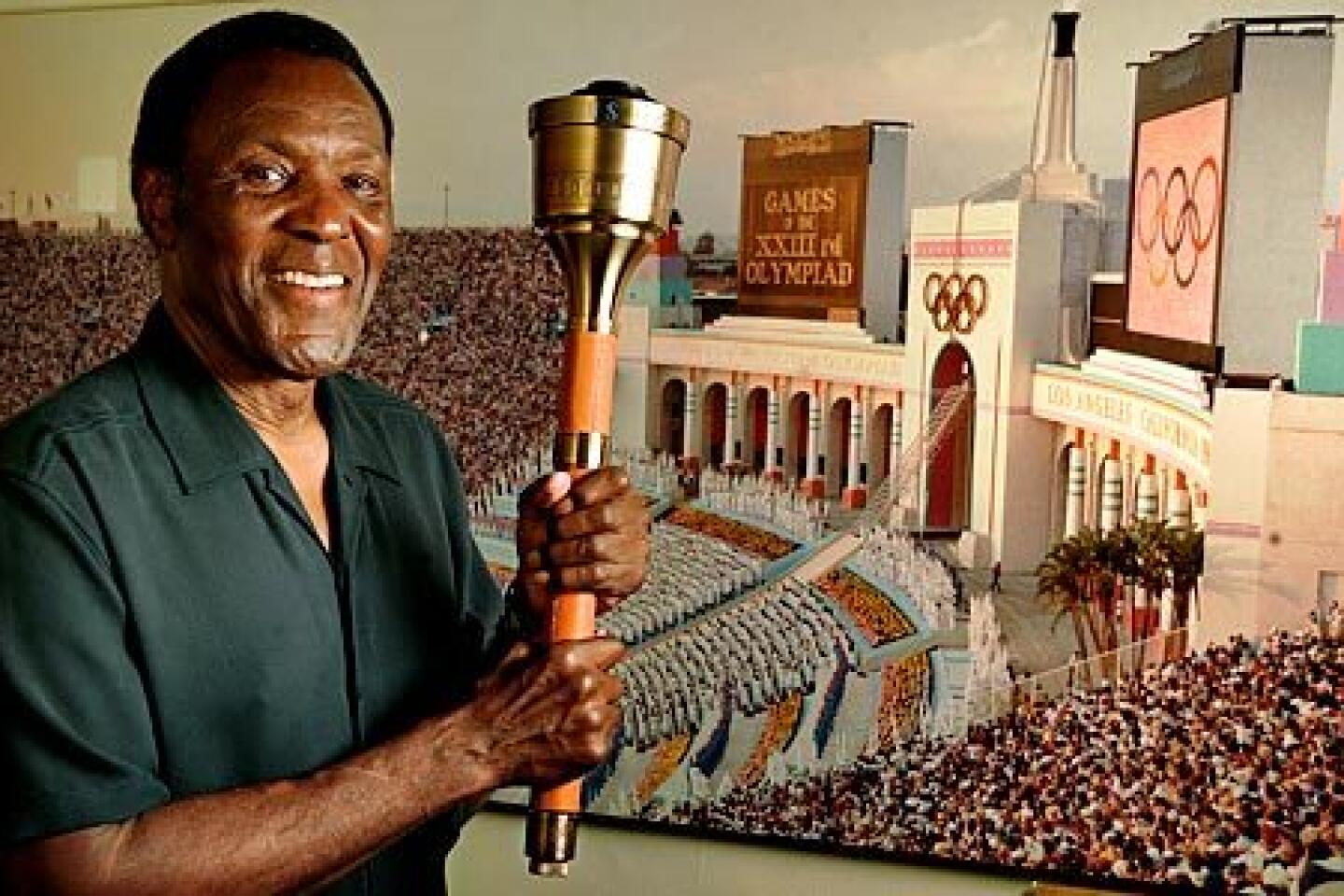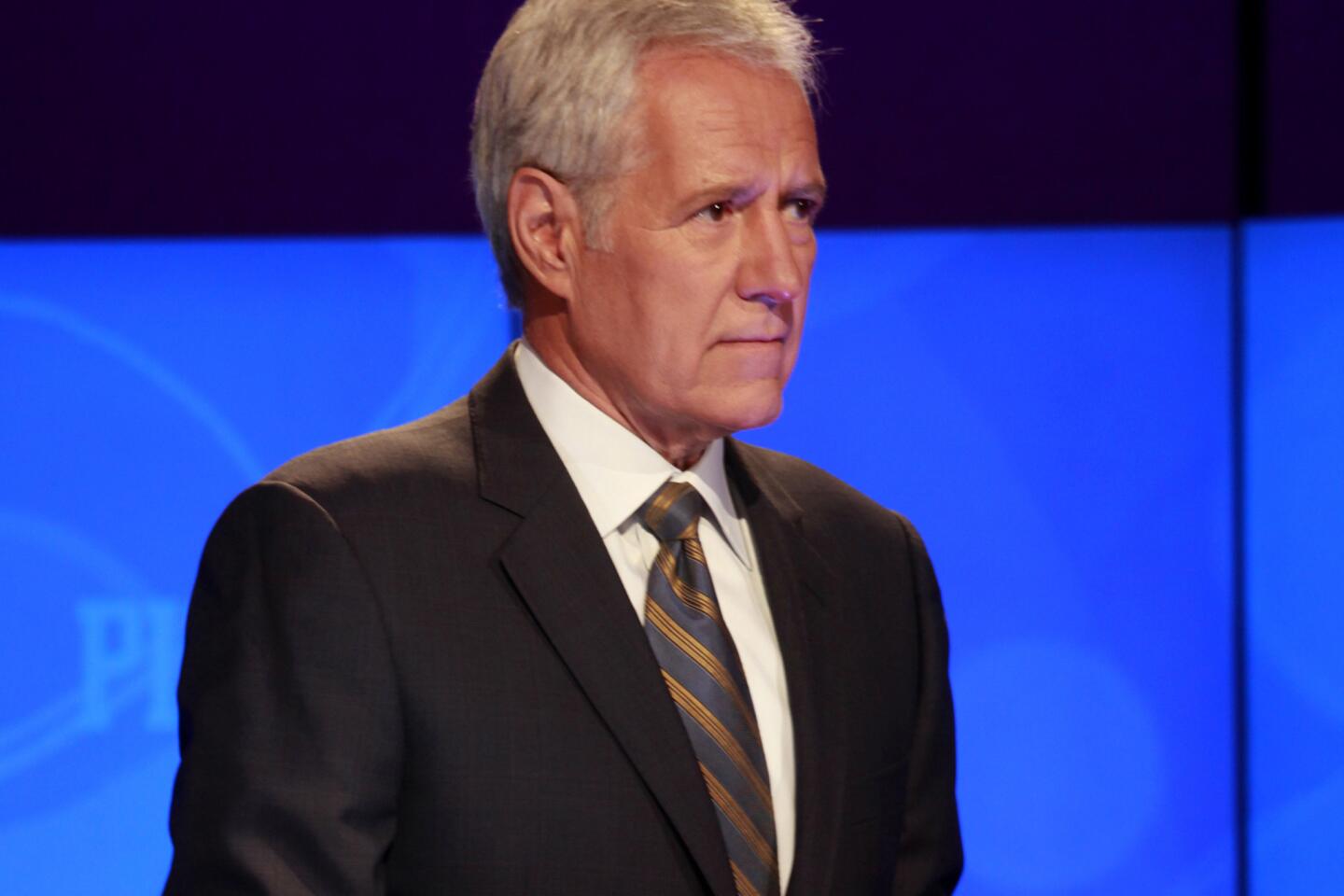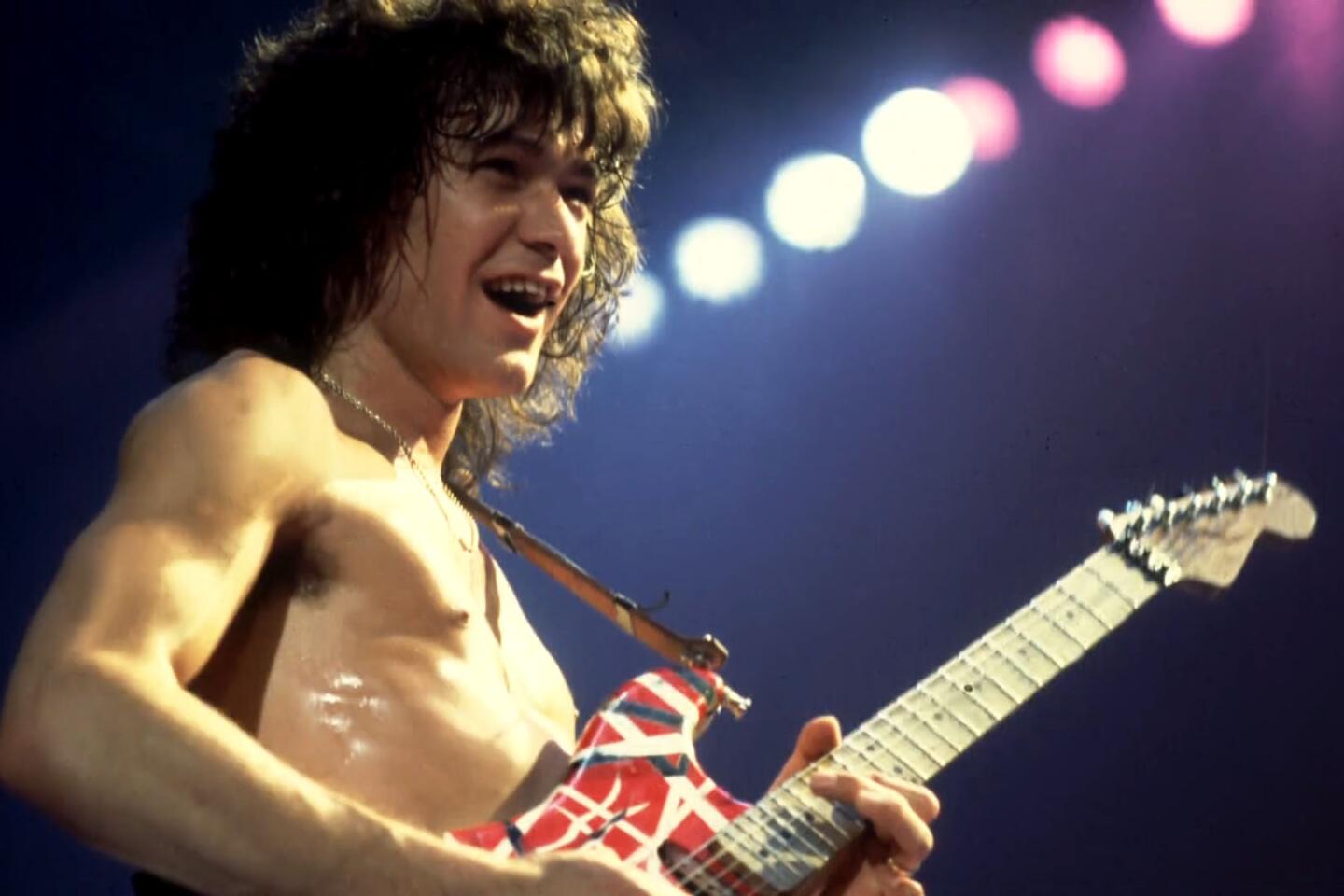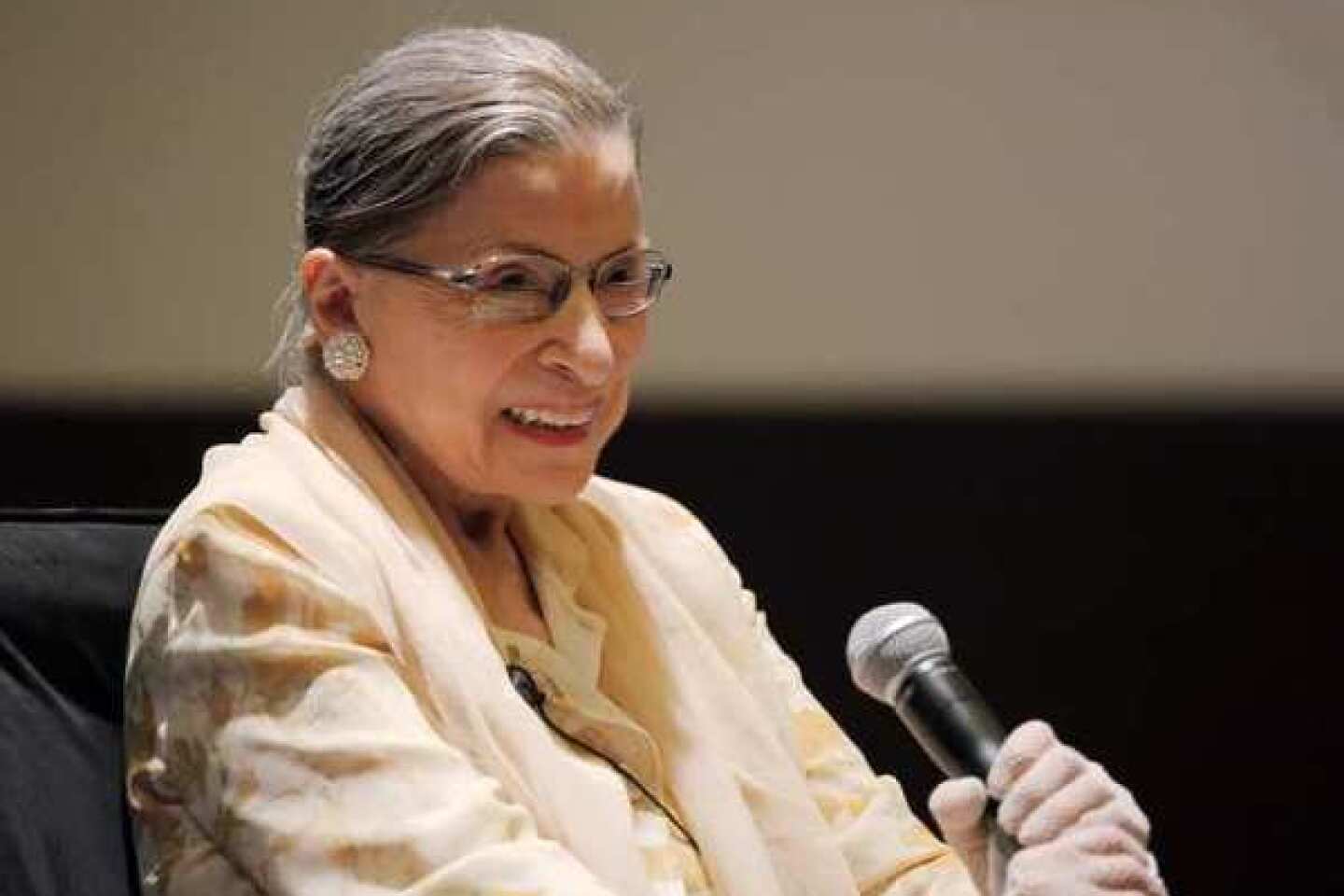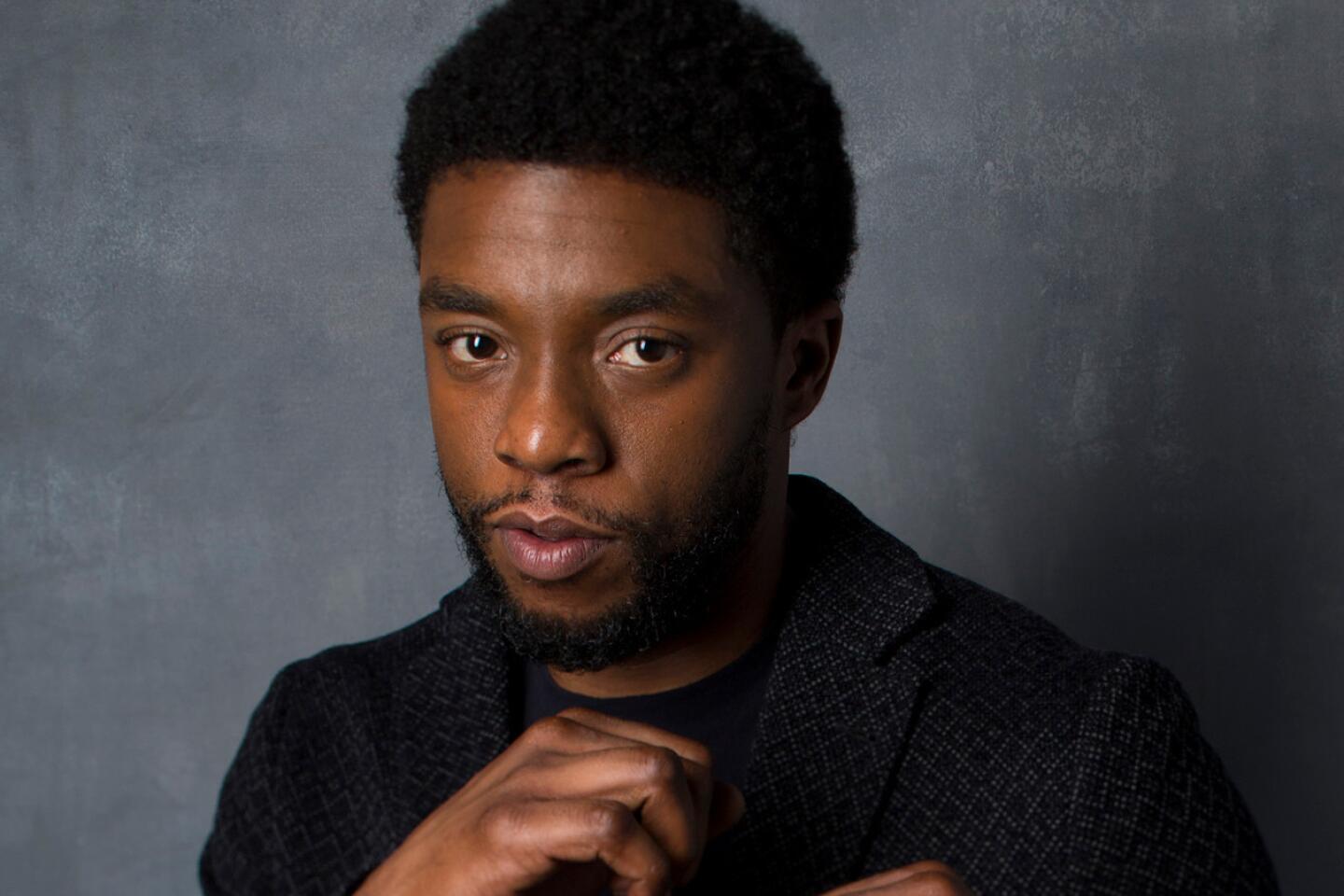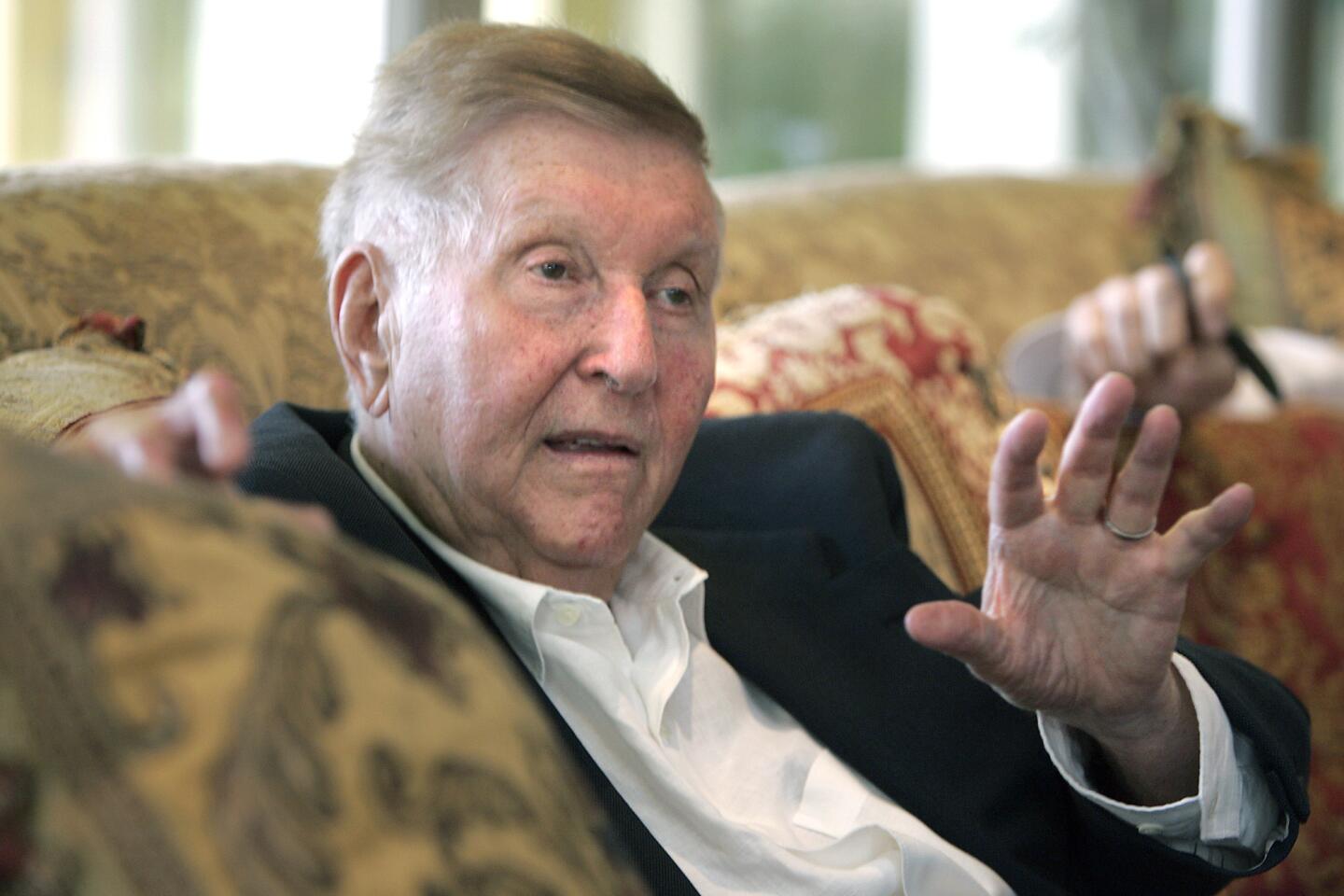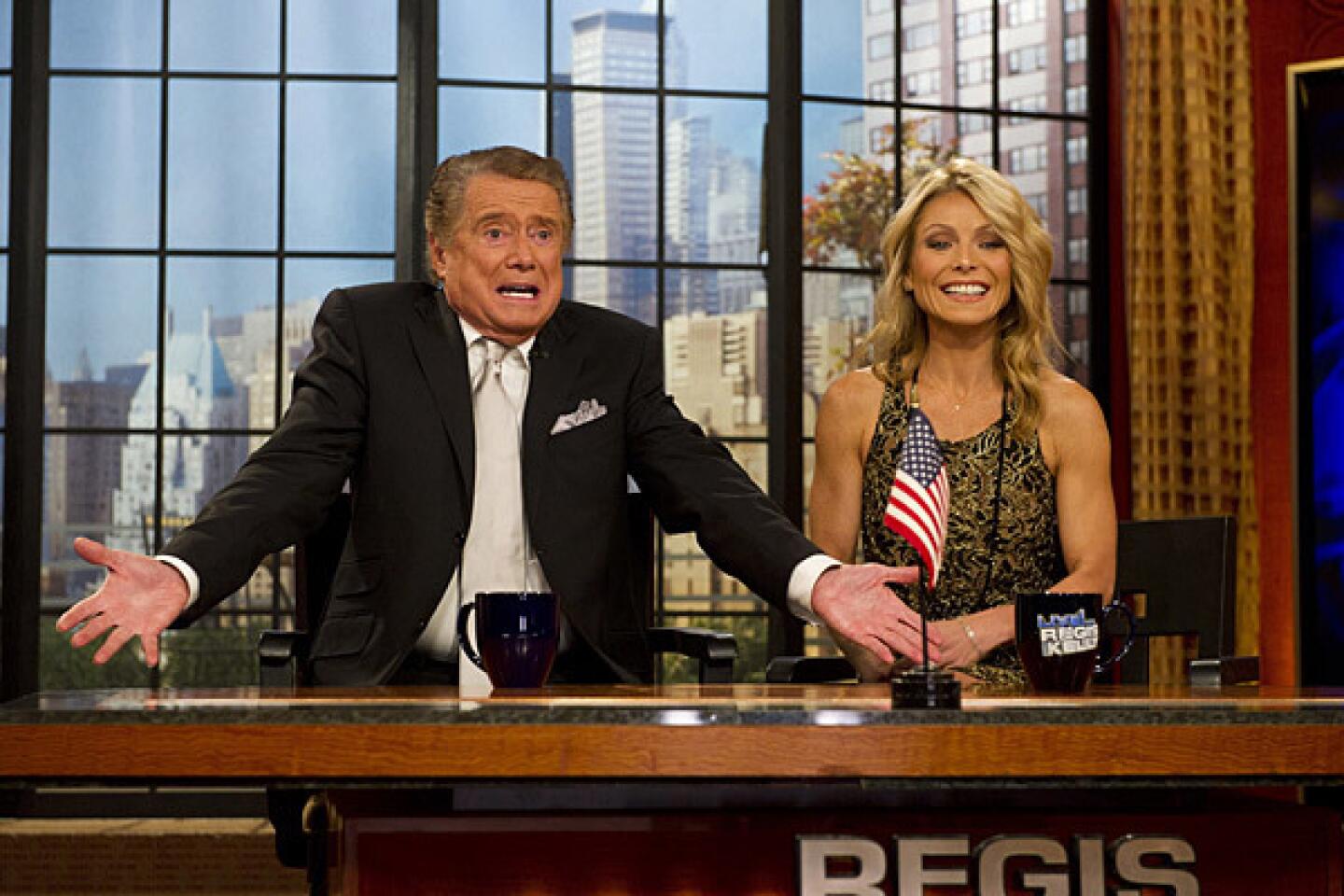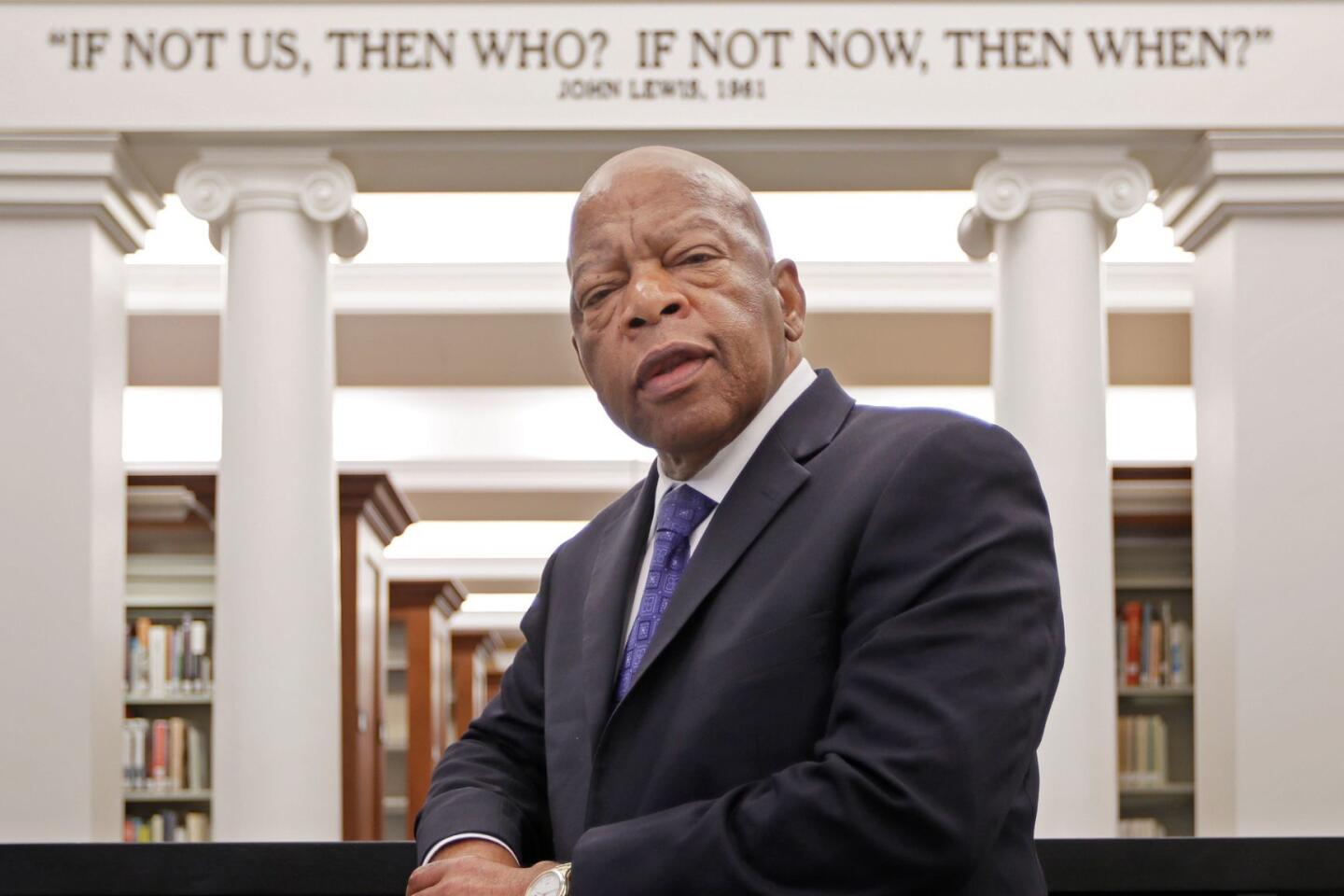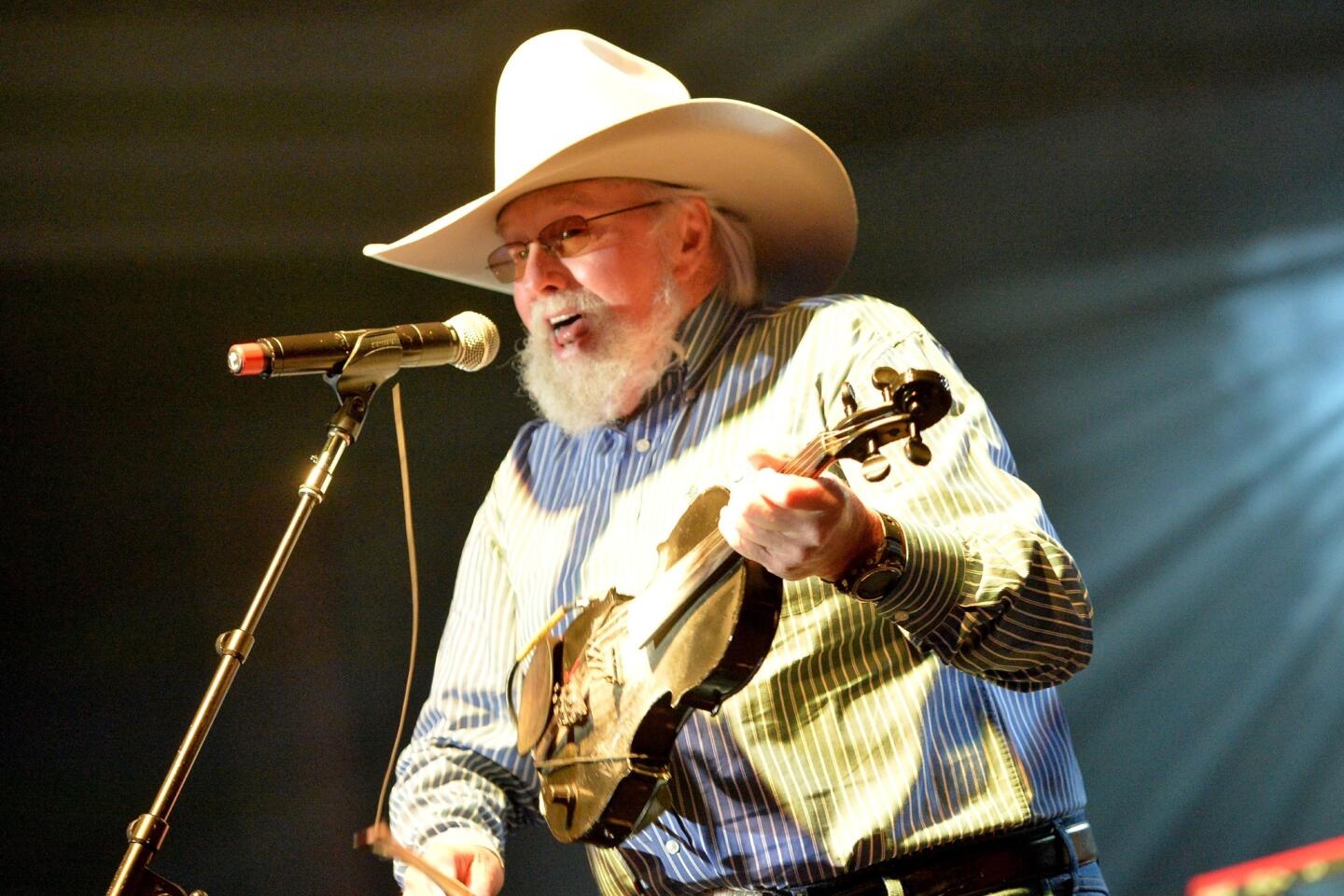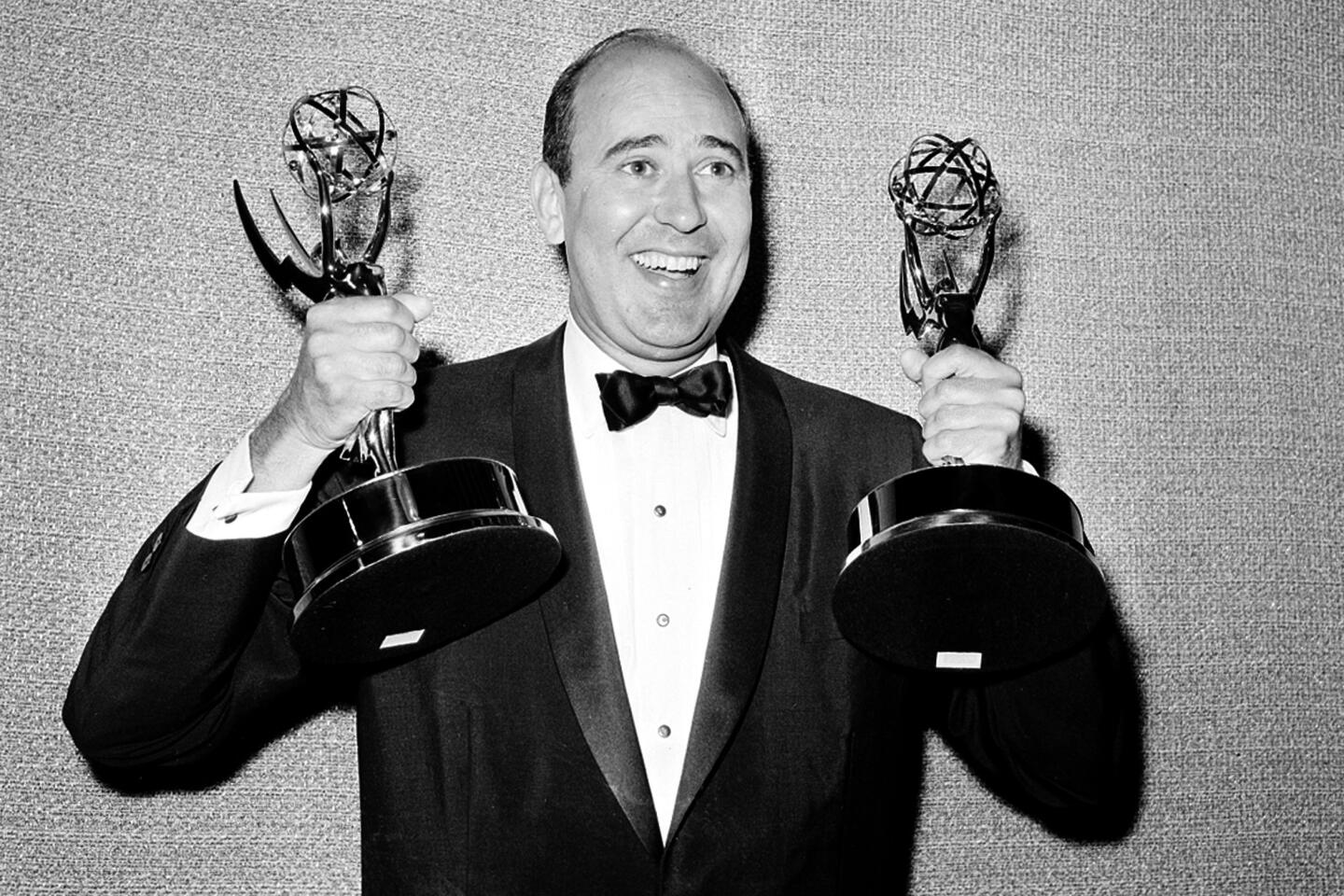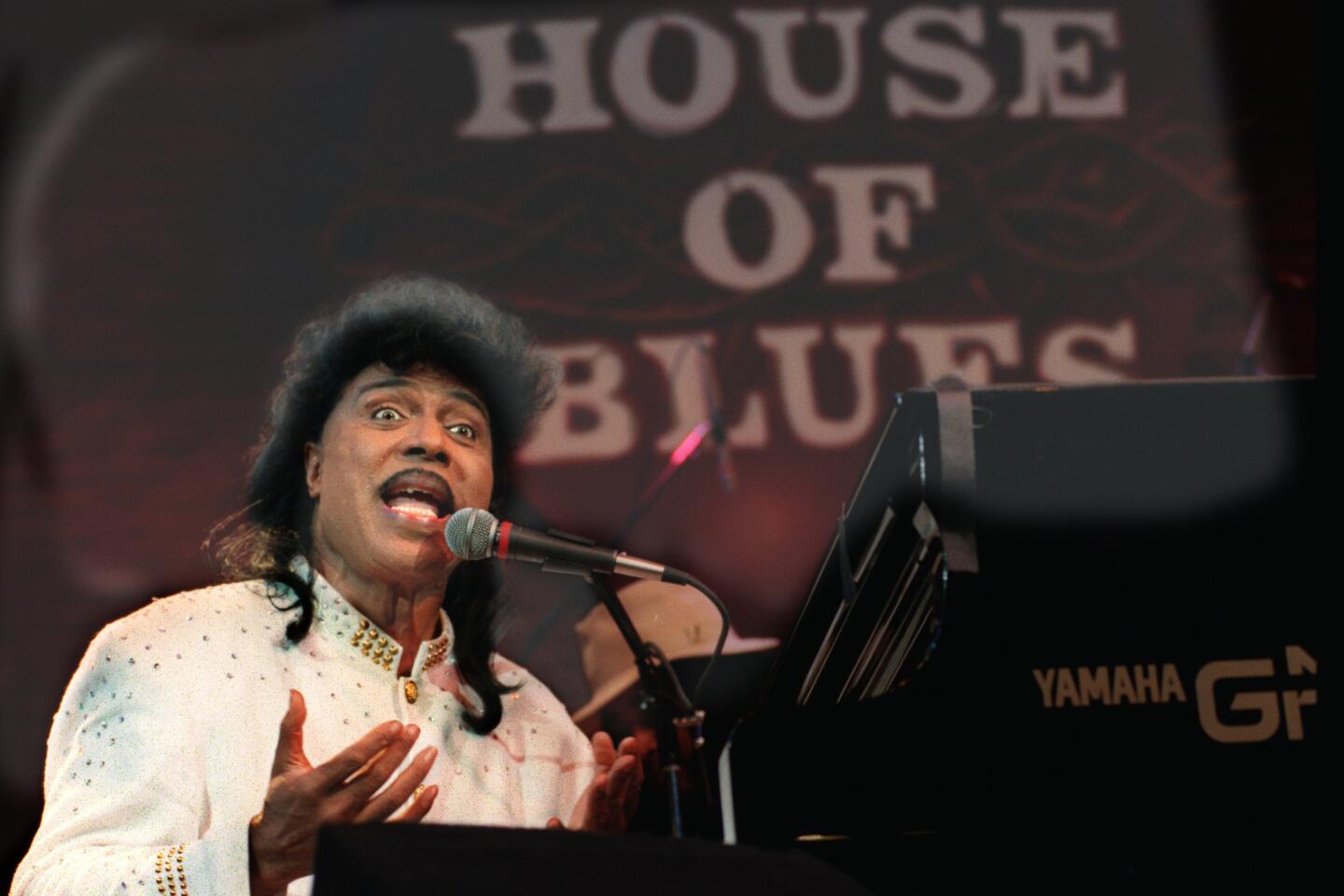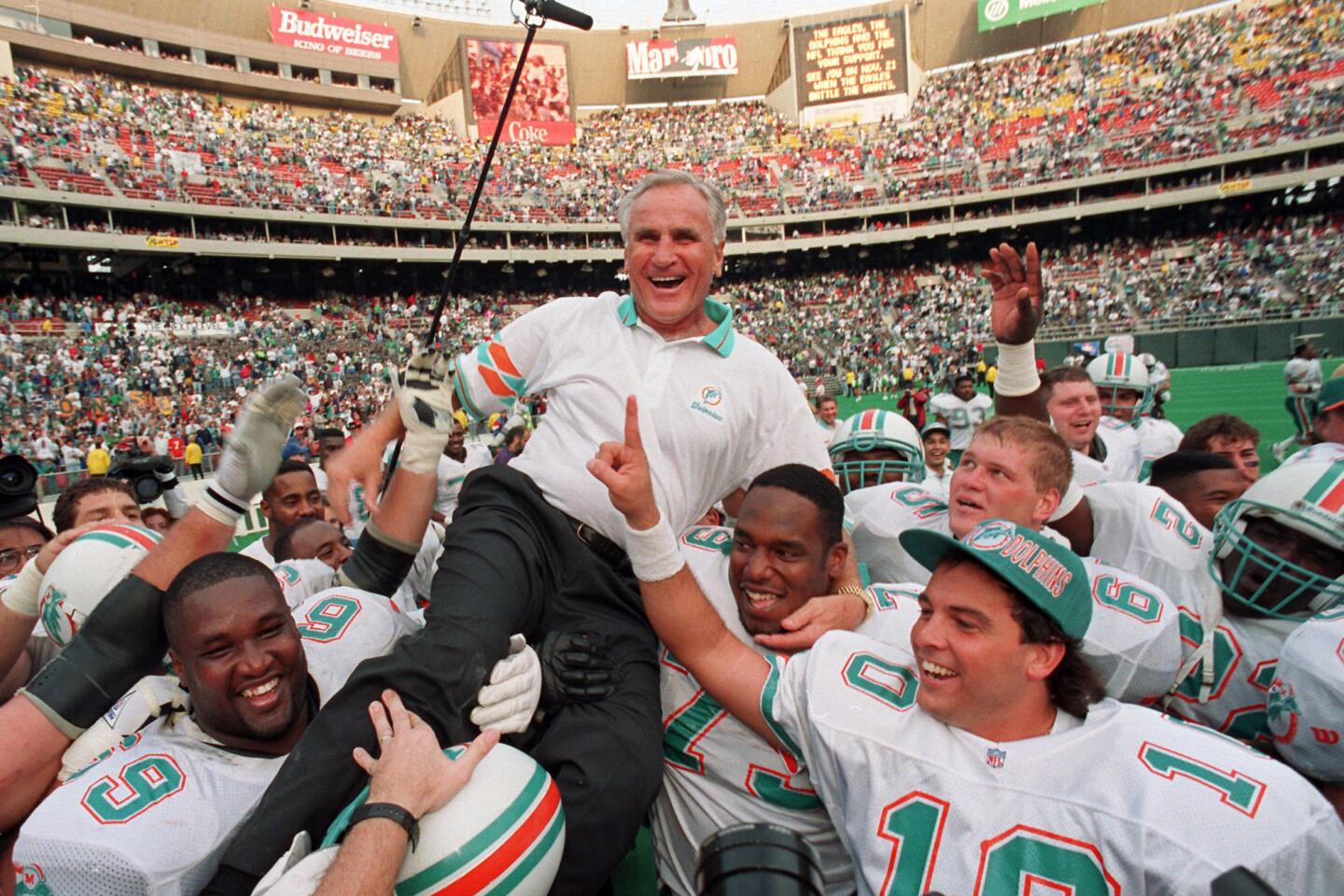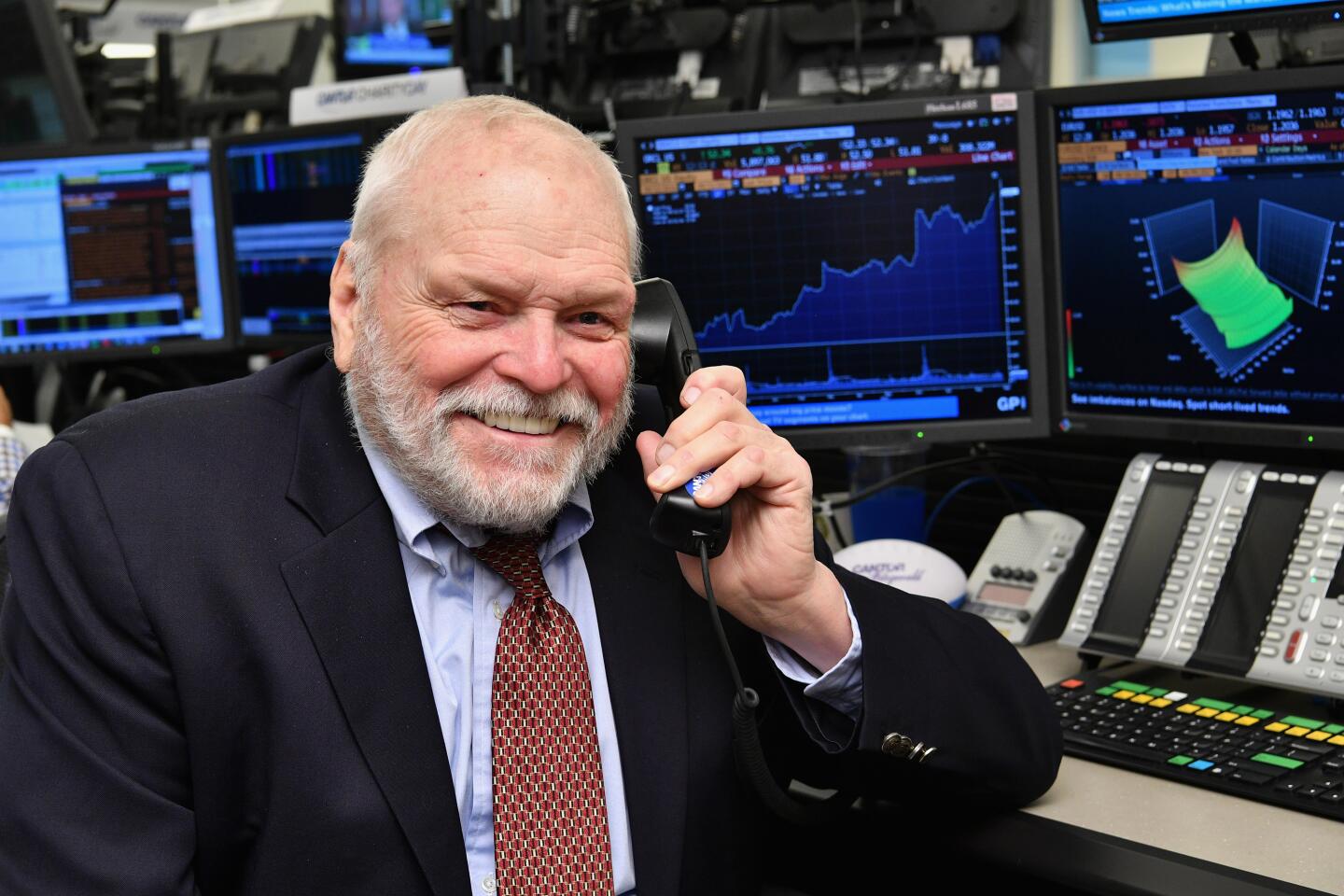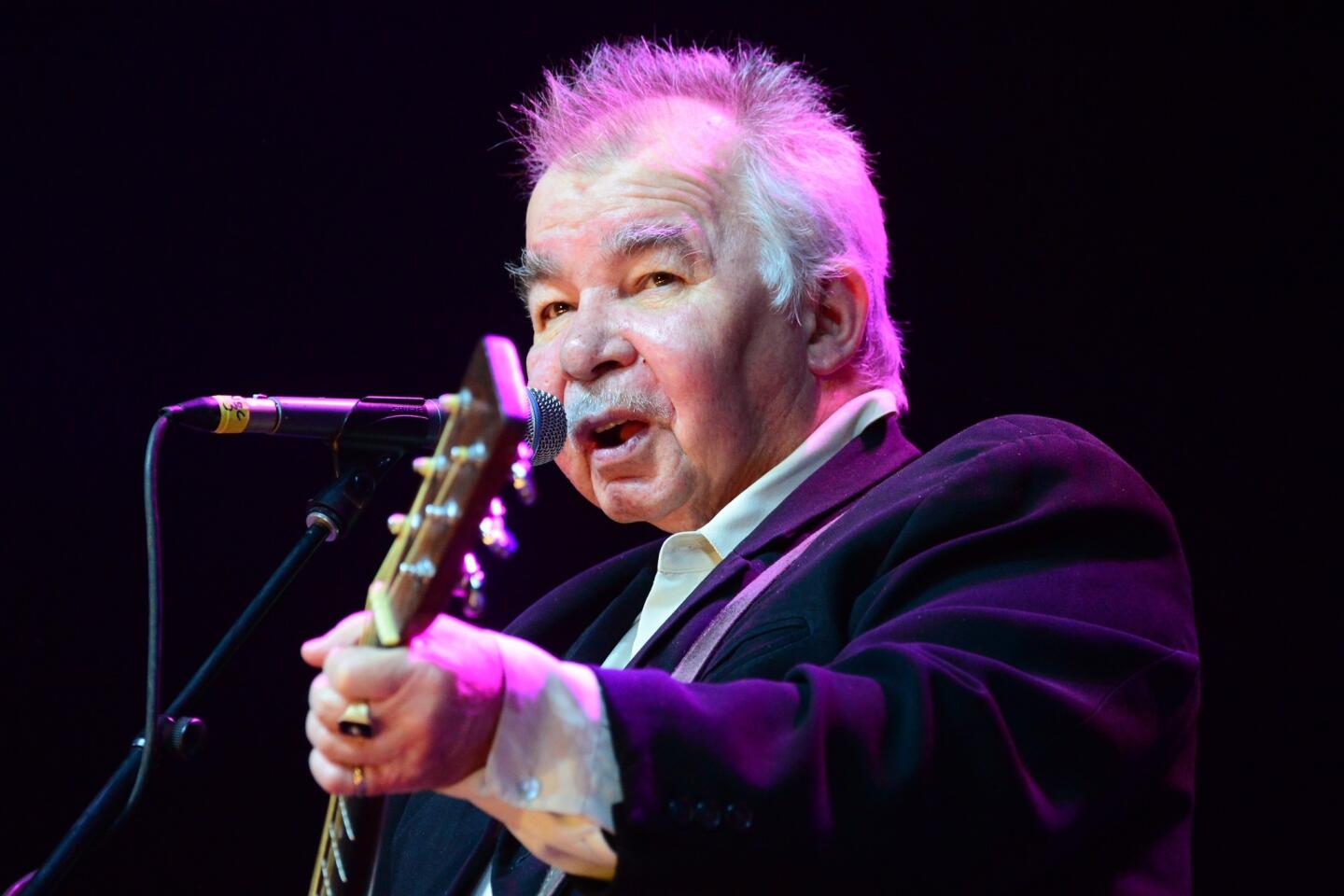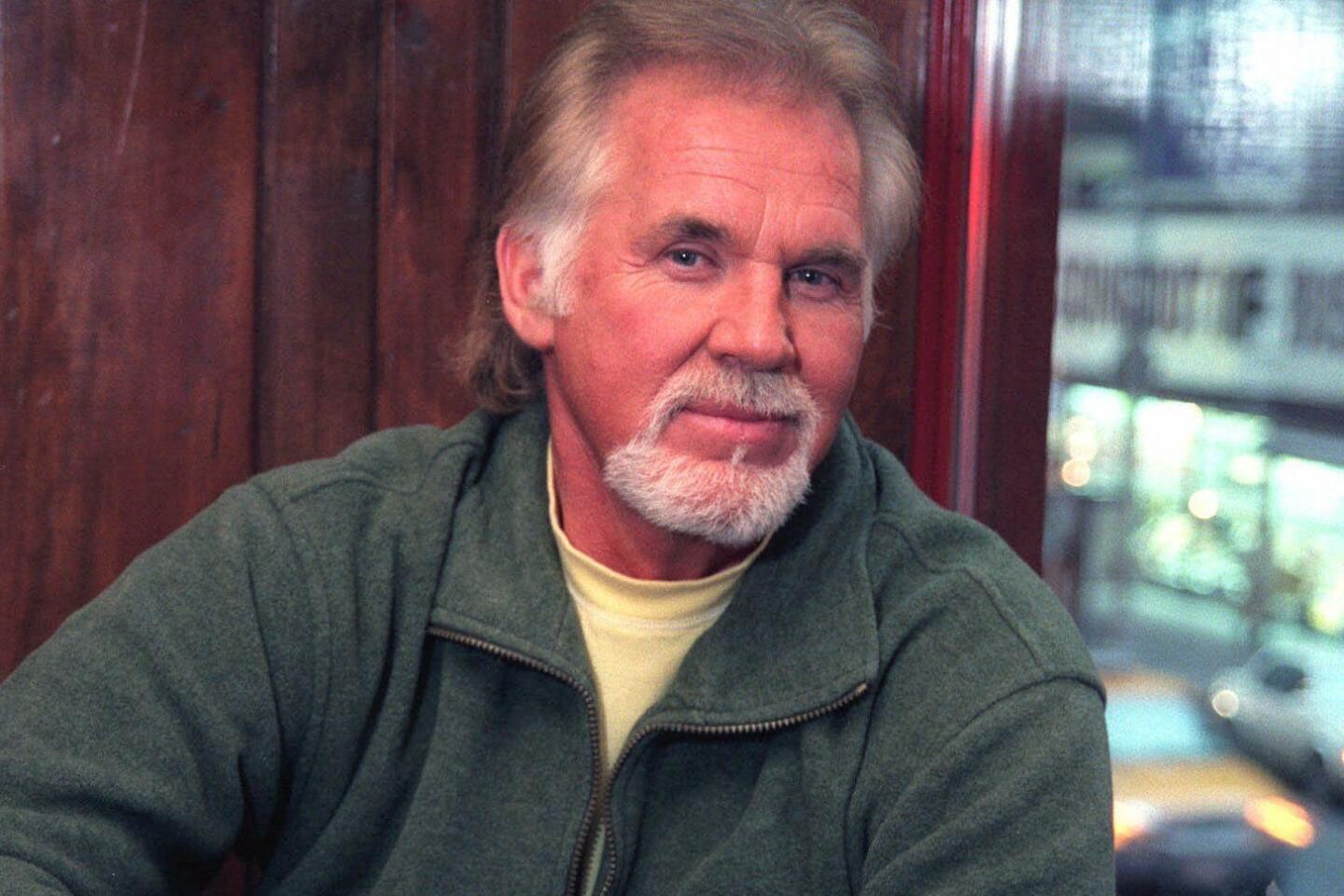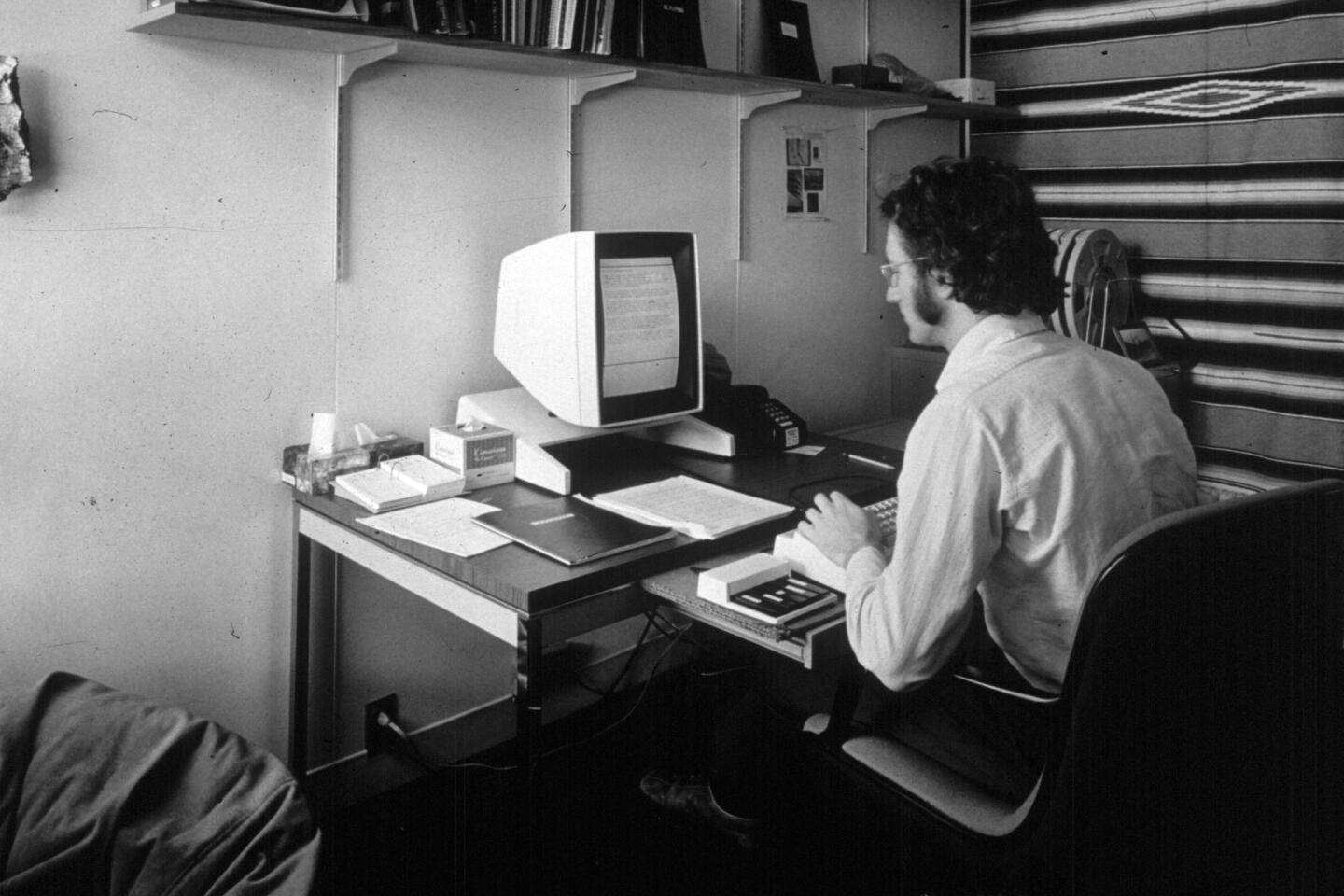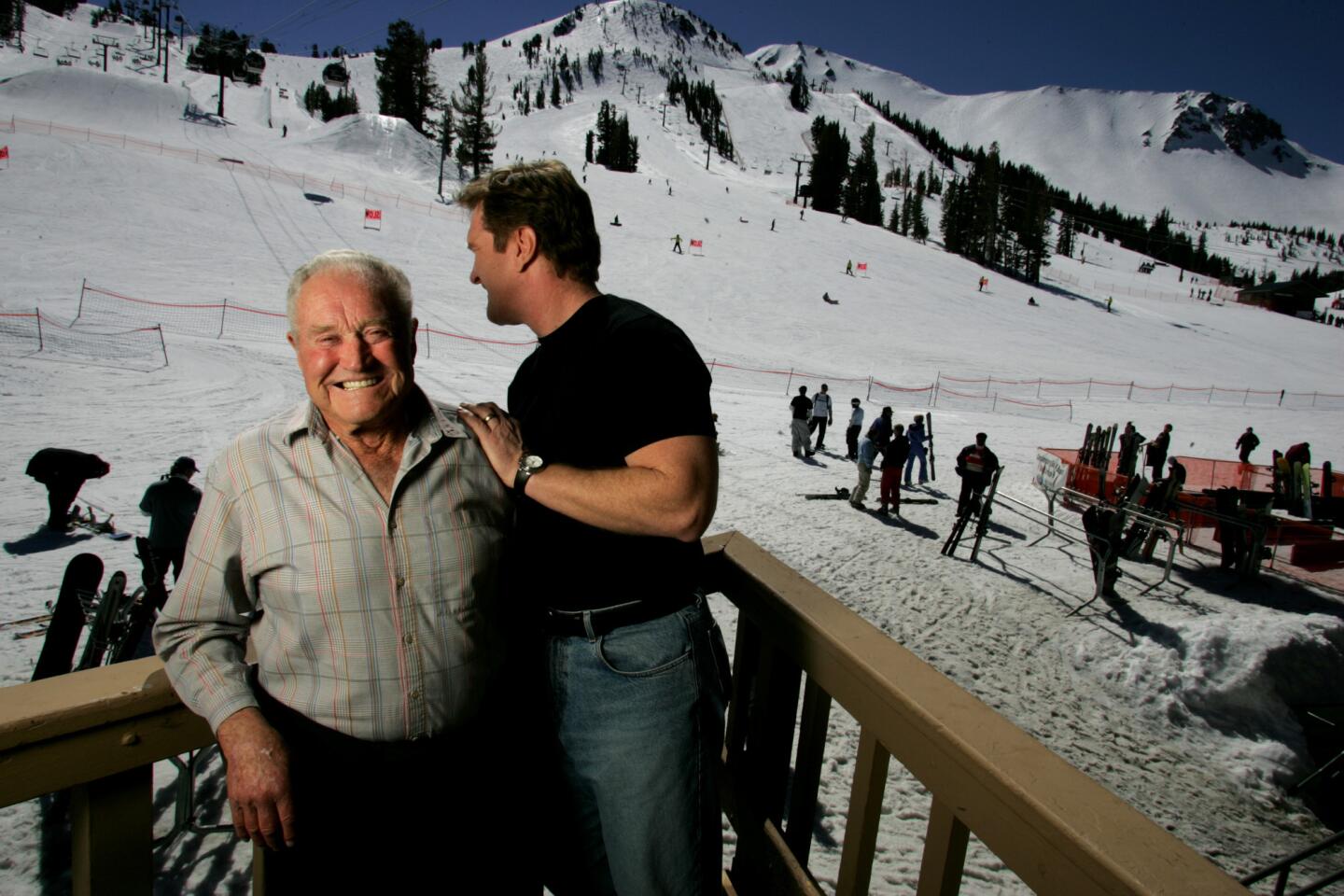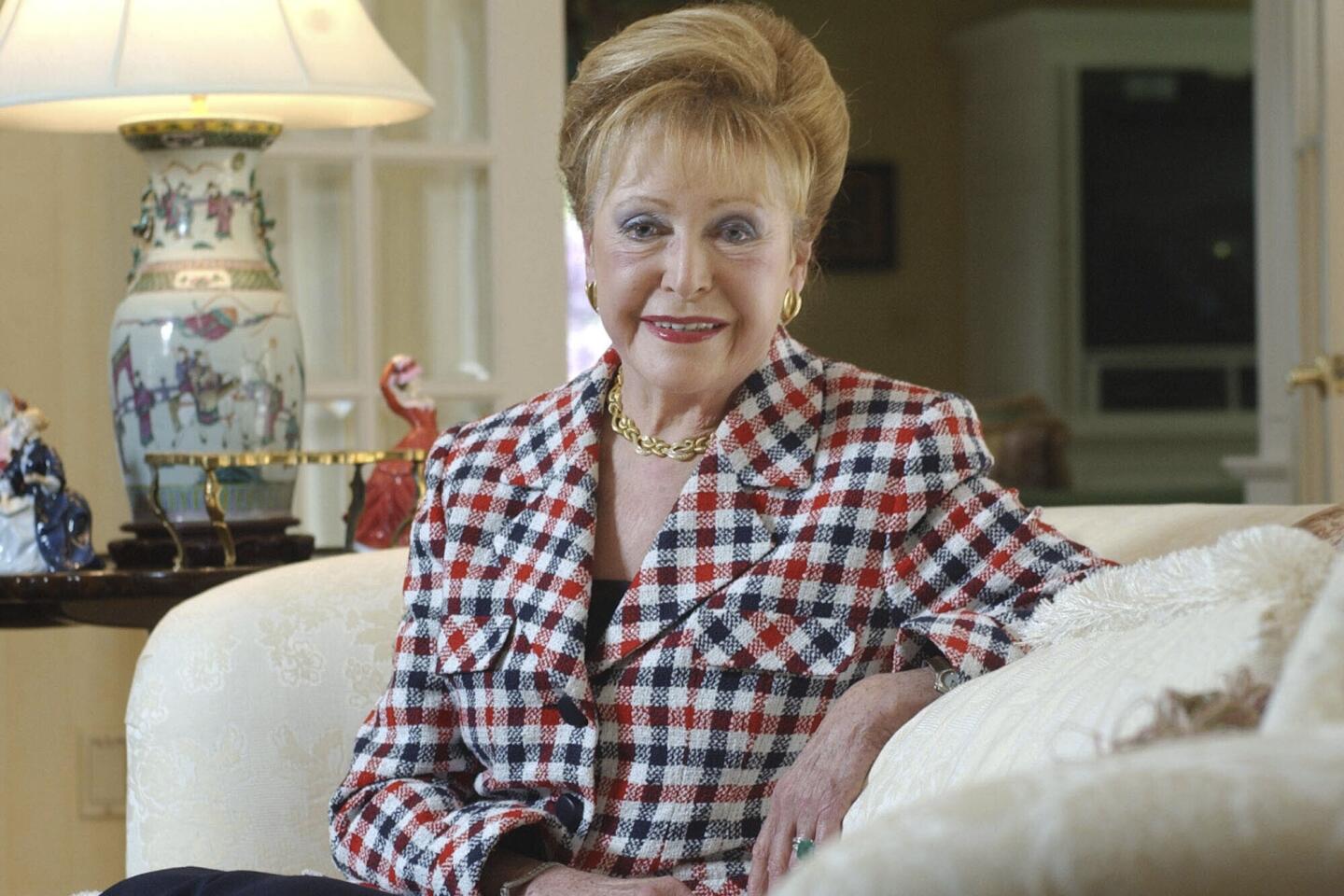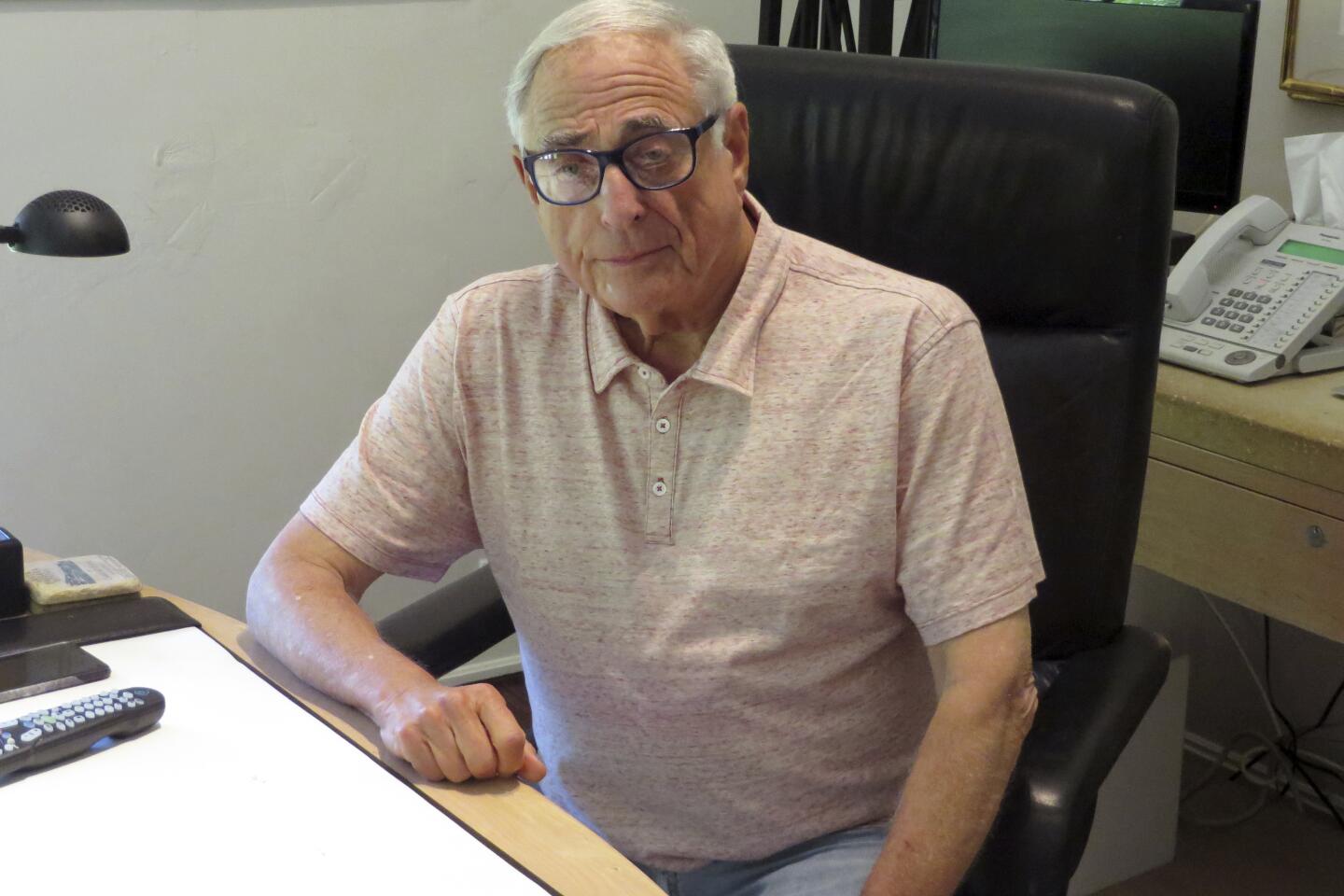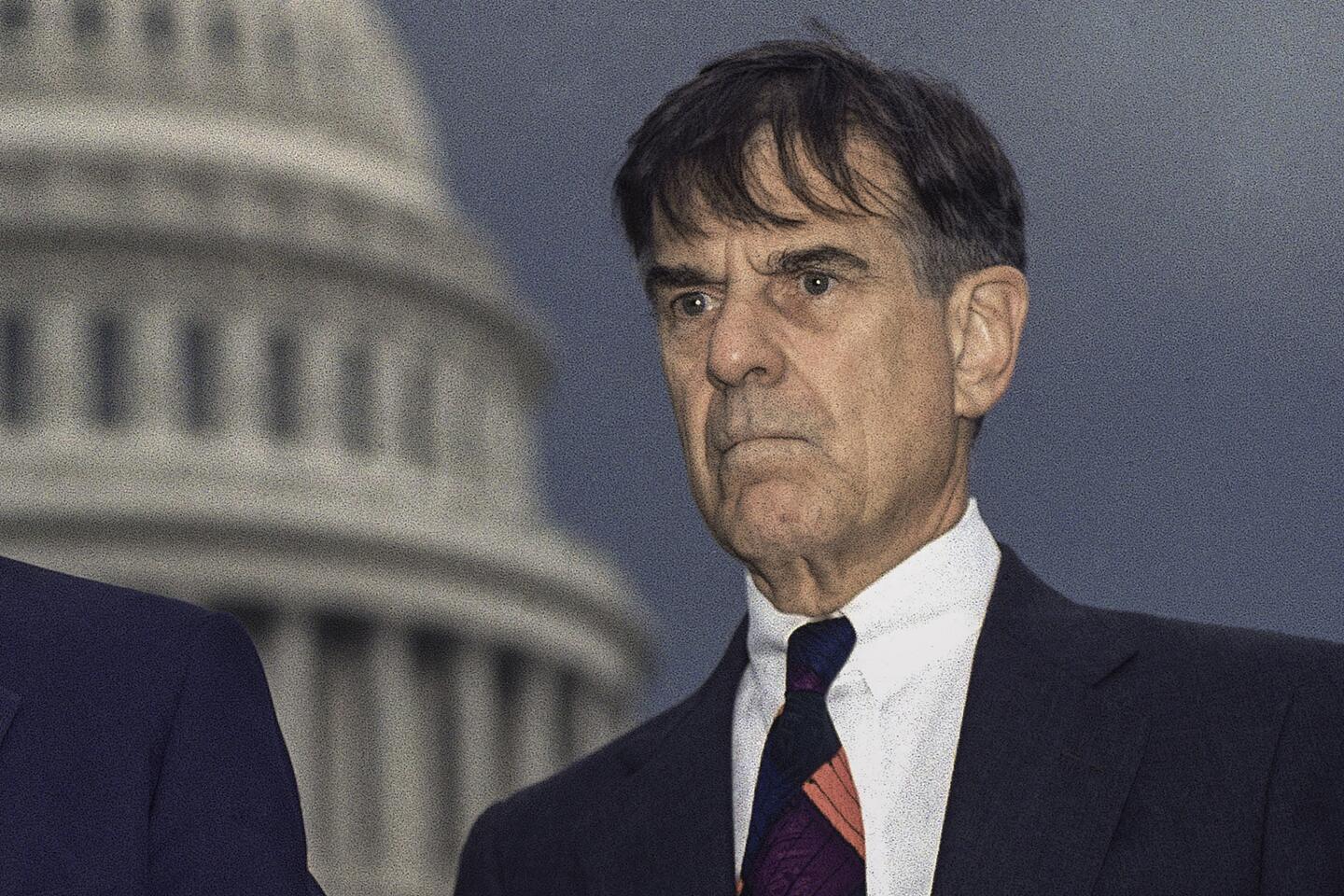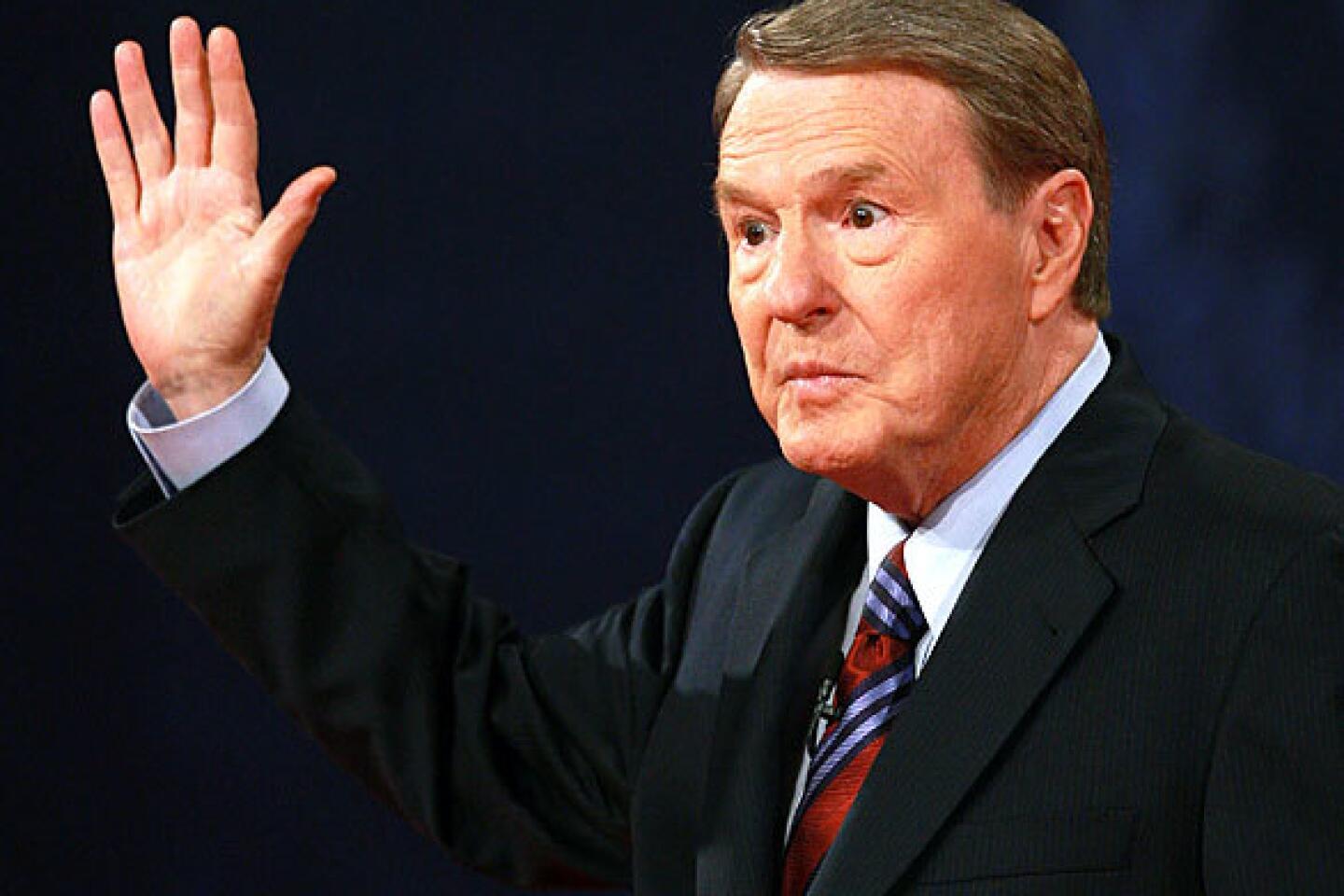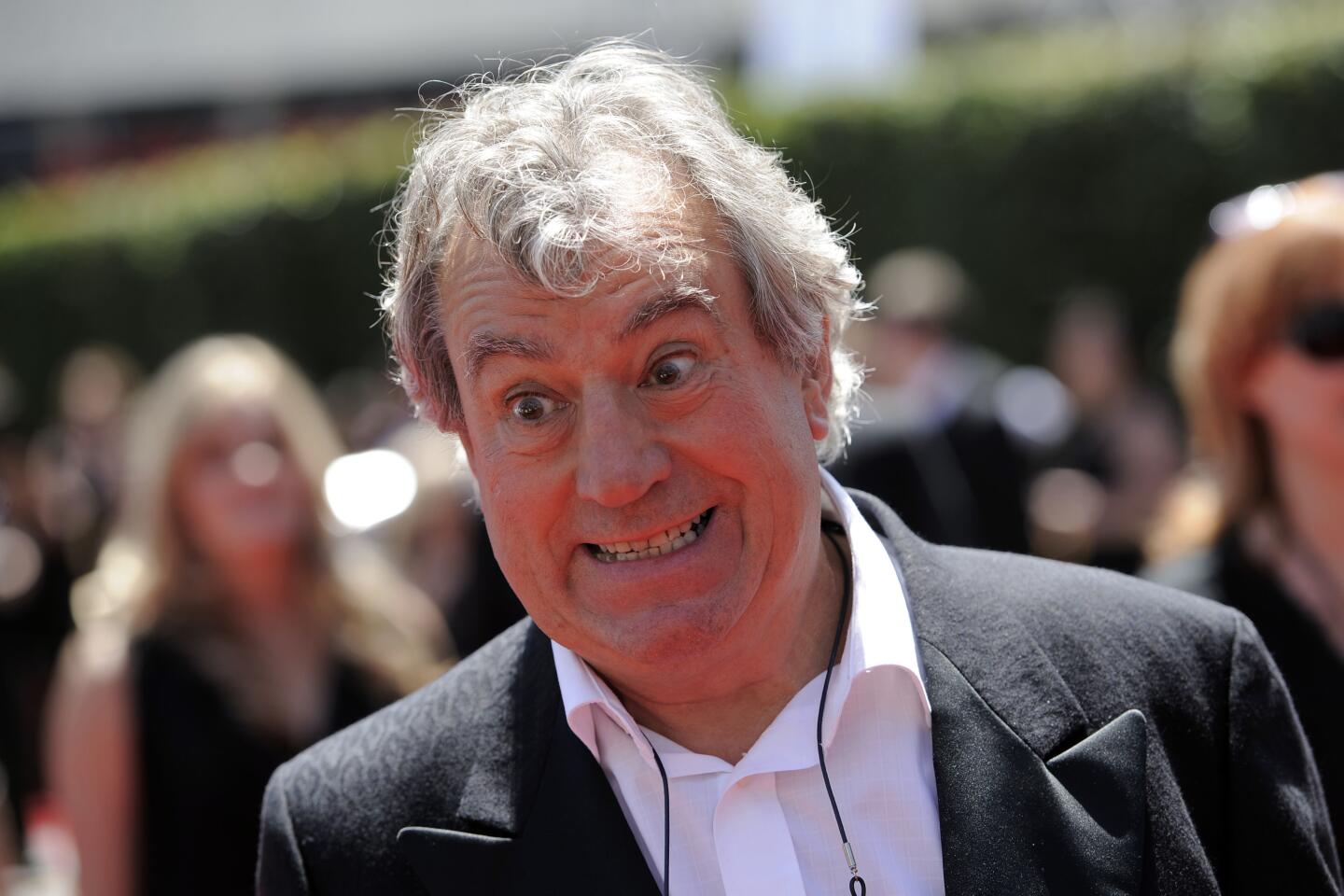Pete Hamill, the Brooklyn-born bard of the five boroughs and eloquent voice of his beloved hometown as both newspaper columnist and best-selling author, died Wednesday morning.
He was 85.
Hamill fell on Saturday, fracturing his right hip, according to his brother, famed journalist Denis Hamill.
Hamill had emergency surgery at New York-Presbyterian/Brooklyn Methodist Hospital, but his kidneys and heart failed while in the intensive care unit, his brother said.
Hamill’s past health woes included a March 2014 stint at the NYU Medical Center, where the writer cheated death before emerging intact. Kidney problems led to dialysis treatment four years later.
The legendary Hamill worked for three city tabloids, serving as editor for the New York Daily News as well as the New York Post during a newspaper career that covered the last 40 years of the 20th century.
1/25
Kobe Bryant, Ruth Bader Ginsburg, Sean Connery and more. (Los Angeles Times)
2/25
Rafer Johnson, winner of the 1960 Olympic decathlon gold medal, was a man whose legacy was interwoven with Los Angeles history, beginning with his performances as a world-class athlete at UCLA and punctuated by the night in 1968 when he helped disarm Robert F. Kennedy’s assassin at the Ambassador Hotel. Johnson lit the Olympic flame at the opening of the 1984 Summer Games in Los Angeles. He was 86.
(Mel Melcon / Los Angeles Times) 3/25
With his quick wit and easy smile,
Alex Trebek drove the game show “Jeopardy!” up the ratings charts and became a welcome television host in America’s living rooms. As the quiz show rolled through the decades, Trebek remained a comfortable fit — in a 2014 Reader’s Digest poll, Trebek ranked as the eighth-most trusted person in the United States, right behind Bill Gates and 51 spots above Oprah Winfrey. He was 80.
(Los Angeles Times) 4/25
Guitarist Eddie Van Halen’s speed and innovations along the fretboard inspired a generation of imitators as the band bearing his name rose to MTV stardom and multiplatinum sales over 10 consecutive albums. The streak made Van Halen one of the most successful bands in rock history, including two albums that reached diamond status (10 million copies sold): 1978’s debut “Van Halen” and 1984’s “1984.” He was 65.
(Wibbitz/Getty) 5/25
Justice Ruth Bader Ginsburg championed women’s rights — first as a trailblazing civil rights attorney who methodically chipped away at discriminatory practices, then as the second woman to serve on the Supreme Court, and finally as an unlikely pop culture icon. A feminist hero dubbed Notorious RBG, Ginsburg became the leading voice of the court’s liberal wing, best known for her stinging dissents on a bench that mostly skewed right since her 1993 appointment. She was 87.
(Kiichiro Sato / Associated Press) 6/25
Chadwick Boseman’s breakout role was playing Dodger Jackie Robinson in the 2013 sports biopic “42.” The next year, he made an electrifying lead turn as James Brown, the Godfather of Soul, in “Get on Up.” Then came the role that would change his career: As
Black Panther, the Marvel Cinematic Universe’s first Black superhero, Boseman became the face of Wakanda to millions of fans around the world and helped usher in a new and inclusive era of superhero blockbusters. He was 43.
(Jay L. Clendenin / Los Angeles Times) 7/25
Sumner Redstone outmaneuvered rivals to assemble one of America’s leading entertainment companies, now called ViacomCBS, which boasts CBS, Comedy Central, MTV, Nickelodeon, BET, Showtime, the Simon & Schuster book publisher and Paramount Pictures movie studio. Unlike contemporaries Rupert Murdoch and Ted Turner, Redstone was not a visionary, but rather a hard-charging lawyer and deal maker who pursued power and wealth through the accumulation of content companies. He was 97.
(Brian Vander Brug / Los Angeles Times) 8/25
Regis Philbin reigned for decades as the comfortable and sometimes cantankerous morning host of “Live,” first with Kathie Lee Gifford and later Kelly Ripa, above. He earned Emmy nominations by the armful, hosted New Year’s Eve specials, rode in parades, set a record for the most face-time hours on television and helped reinvigorate prime-time game shows with “Who Wants to Be a Millionaire.” He was 88.
(Charles Sykes / Associated Press) 9/25
Rep. John Lewis famously shed his blood at the foot of a Selma, Ala., bridge in a 1965 demonstration for Black voting rights, and went on to become a 17-term Democratic member of Congress. An inspirational figure for decades, Lewis was one of the last survivors among members of the Rev. Martin Luther King Jr.’s inner circle. He was 80.
(Mark Humphrey / Associated Press) 10/25
Country music firebrand and fiddler Charlie Daniels started out as a session musician, which included playing on Bob Dylan’s 1969 album “Nashville Skyline,” and beginning in the early 1970s toured endlessly with his own band, sometimes doing 250 shows a year. In 1979, Daniels had a crossover smash with “The Devil Went Down to Georgia,” which topped the country chart, hit No. 3 on the pop chart and was voted single of the year by the Country Music Assn. He was 83.
(Rick Diamond / Getty Images for IEBA) 11/25
Carl Reiner first came to national attention in the 1950s on Sid Caesar’s “Your Show of Shows,” where he wrote alongside Mel Brooks, Neil Simon and other comedy legends. He later created “The Dick Van Dyke Show,” one of TV’s most fondly remembered sitcoms, and directed hit films including “The Comic” (1969), starring Van Dyke; “Where’s Poppa?” (1970), starring George Segal and Ruth Gordon; “Oh, God!” starring George Burns and John Denver; and four films starring Steve Martin. He was 98.
(Associated Press ) 12/25
The flamboyant, piano-pounding Little Richard roared into the rock ‘n’ roll spotlight in the 1950s with hits such as “Tutti-Frutti,” “Long Tall Sally” and “Good Golly, Miss Molly.” The Georgia native’s raucous sound fused gospel
fervor and R&B sexuality, profoundly influencing the Beatles, James Brown (who succeeded him in one of his early bands), Jimi Hendrix (one of his backup musicians in the mid-’60s) and Bruce Springsteen. He was 87.
(Boris Yaro / Los Angeles Times) 13/25
Don Shula was the NFL’s winningest coach, leading the 1972 Miami Dolphins to the league’s only undefeated season. He coached the Baltimore Colts to one Super Bowl and the Dolphins to five, winning Lombardi Trophies after the 1972 and ’73 seasons. He was 90.
(ASSOCIATED PRESS) 14/25
Former Egyptian
President Hosni Mubarak crushed dissent for decades until the 2011 Arab Spring movement drove him from power. During his presidency, which spanned nearly 30 years, he protected Egypt’s stability as intifadas roiled Israel and the Palestinian territories, the U.S. led two wars against Iraq, Iran fomented militant Shiite Islam across the region and global terrorism complicated the divide between East and West. He was 91.
(Sameh Sherif / AFP/Getty Images) 15/25
Among his 40-odd films,
burly Brian Dennehy played a sheriff who jailed Rambo in “First Blood,” a serial killer in “To Catch a Killer” and a corrupt sheriff in “Silverado.” On Broadway, he was awarded Tonys for his roles in “Death of a Salesman” (1999) and “Long Day’s Journey Into Night” (2003). He was 81.
(Dia Dipasupil) 16/25
Singer-songwriter John Prine broke onto the folk scene in 1971 with a self-titled album that included two songs brought to broader audiences by Bette Midler and Bonnie Raitt: “Hello in There” and “Angel From Montgomery,” respectively. In 2019, he was elected to the Songwriters Hall of Fame. He was 73.
(Frazer Harrison / Getty Images for Stagecoach) 17/25
Country singer Kenny Rogers racked up an impressive string of hits — initially as a member of The First Edition starting in the late 1960s and later as a solo artist and duet partner with Dolly Parton — and earned three Grammy Awards, 19 nominations and a slew of accolades from country-music awards shows. Country purists balked at his syrupy ballads, but his fans packed arenas that only the titans of rock could fill. He was 81.
(Suzanne Mapes / Associated Press) 18/25
Xerox researcher Larry Tesler pioneered concepts that made computers more user-friendly, including moving text through cut, copy and paste. In 1980, he joined Apple, where he worked on the Lisa computer, the Newton personal digital assistant and the Macintosh. He was 74.
(AP) 19/25
Ski industry pioneer Dave McCoy transformed a remote Sierra peak into the storied Mammoth Mountain Ski Area. Over six decades, it grew from a downhill depot for friends to a profitable operation of 3,000 workers and 4,000 acres of ski trails and lifts, a mecca for generations of skiers and boarders. He was 104. (Genaro Molina / Los Angeles Times)
20/25
Screen icon
Kirk Douglas brought a clenched-jawed intensity to an array of heroes and heels, receiving Oscar nominations for his performances as an opportunistic movie mogul in the 1952 drama “The Bad and the Beautiful” and as Vincent van Gogh in the 1956 drama “Lust for Life.” As executive producer of “Spartacus,” Douglas helped end the Hollywood blacklist by giving writer Dalton Trumbo screen credit under his own name. He was 103.
(Annie Wells / Los Angeles Times) 21/25
“Queen of Suspense”
Mary Higgins Clark became a perennial best-seller, writing or co-writing “A Stranger Is Watching,” “Daddy’s Little Girl” and more than 50 other favorites. Her sales topped 100 million copies, and many of her books, including “A Stranger is Watching” and “Lucky Day,” were adapted for movies and television. She was 92.
(Associated Press) 22/25
Fred Silverman was the head of programming at CBS, where he championed a string of hits including “The Mary Tyler Moore Show,” “All in the Family,” “MASH” and “The Jeffersons.” Later at ABC, he programmed “Laverne & Shirley,” “The Love Boat,” “Happy Days” and the 12-hour epic saga “Roots.” He was 82.
(Associated Press) 23/25
Former California
Rep. Fortney “Pete” Stark Jr. represented the East Bay in Congress for 40 years. The influential Democrat helped craft the Affordable Care Act, the signature healthcare achievement of the Obama administration, and also created the 1986 law best known as COBRA, which allows workers to stay on their employer’s health insurance plan after they leave a job. He was 88.
(Associated Press) 24/25
News anchor
Jim Lehrer appeared 12 times as a presidential debate moderator and helped build “PBS NewsHour” into an authoritative voice of public broadcasting. The program, first called “The Robert MacNeil Report” and then “The MacNeil-Lehrer Report,” became the nation’s first one-hour TV news broadcast in 1983. Lehrer was 85.
(David McNew / Getty Images) 25/25
Terry Jones was a founding member of the Monty Python troupe who wrote and performed for their early ’70s TV series and films including “Monty Python and the Holy Grail” in 1975 and “Monty Python’s Life of Brian” in 1979. After the Pythons largely disbanded in the 1980s, Jones wrote books on medieval and ancient history, presented documentaries, wrote poetry and directed films. He was 77.
(Associated Press) “One of the best days in my life is when I got my first press pass,” he once recalled fondly. “To be a newspaperman is one of the best educations in the world.”
The lifelong New Yorker brought a touch of poetry to the tabloids, a sense of grace, wit and empathy amid the daily dose of crime and corruption.
The author of more than 20 novels and more than 100 short stories also wrote long pieces on various subjects for the New Yorker, Esquire, Rolling Stone and New York magazine.
Hamill continued writing fiction into the new millennium, with “Tabloid City: A Novel” published in May 2011 and a collection titled “The Christmas Kid: And Other Brooklyn Stories” released a year later.
Hamill’s 1960s contemporaries included some of the best writers of his or any generation: fellow “New Journalism” acolytes Tom Wolfe, Jimmy Breslin, Gay Talese and Norman Mailer.
The son of Belfast immigrants was once hailed as “the greatest chronicler of Irish America,” which hardly did justice to Hamill’s expansive range of topics.
He proudly described himself as a generalist, as comfortable inside New York City Hall’s so-called Blue Room as behind the yellow tape at a murder scene.
His attention to telling detail and encyclopedic knowledge informed his efforts on subjects that ranged from Frank Sinatra to the Brooklyn Dodgers to his own life in the acclaimed 1994 memoir “A Drinking Life.”
Hamill swore off the booze in 1972 after one last New Year’s Eve vodka. When asked why, the son of an alcoholic father said: “I have no talent for it.”
His skills showed behind a typewriter or a keyboard, where Hamill wrote more than a million words — the vast majority with one finger taking the pulse of his sprawling city. Hamill emerged as the city’s erudite everyman, writing about its immigrants, its underclass, its downtrodden and dispossessed.
The native son was a constant witness to history: as a kid watching Jackie Robinson in Ebbets Field, decades later walking with Robert F. Kennedy in the Ambassador Hotel when an assassin opened fired, and again on 9/11 in the shadows of the twin towers.
Hamill recounted writing a heartfelt letter that persuaded RFK to run for president. When the shooting started in Los Angeles on June 5, 1968, he helped disarm killer Sirhan Sirhan as the mortally wounded Kennedy lay nearby.
“My notes told me later that Kennedy was shot at 12:10, and was carried out of that grubby kitchen at 12:32,” he wrote 40 years later. “It seemed a lot longer.”
He went south to cover Martin Luther King Jr., and stayed home for the last interview with fellow New Yorker John Lennon. He reported on “The Troubles” in his ancestral homeland, and covered wars in Vietnam, Nicaragua and Lebanon.
Hamill stood in lower Manhattan on Sept. 11, 2001, with paper and pen in hand as the World Trade Center’s 110 stories came tumbling down.
That day, he wrapped up the novel “Forever,” later rewritten to reflect the staggering horrors inflicted on his city.
Hamill, even after becoming a celebrity and a celebrated author, remained a newspaperman at heart.
He joined the tabloid New York Post in 1960 before moving to the New York Herald Tribune, the Daily News, New York Newsday and the Village Voice.
Though he stayed for long stretches in Dublin, Barcelona, Mexico City, Los Angeles and Santa Fe, N.M., he inevitably returned to his eternal muse: the ever-changing city of his birth.
“There’s no one New York,” Hamill said in 2007. “There’s multiple New Yorks. Anybody who sits and says ‘I know New York’ is from out of town.”
The oldest of seven children, Hamill was a high school dropout whose first newspaper job was delivering the old Brooklyn Daily Eagle. His youth in Brooklyn, living on the top floor of a crowded $60-a-month apartment, forever influenced his nuanced storytelling. Hamill, in his book “Downtown: My Manhattan,” recounted the day his mother walked him onto the Brooklyn Bridge as the city skyline shimmered in the morning sun.
“Sure, you remember Peter,” his mom told the awestruck lad. “You’ve seen it before. It’s Oz.”
“And so it was, no matter how hard I tried to escape,” he wrote.
Before turning to newspapers, Hamill longed to become a cartoonist and attended night classes at the Cartoonists and Illustrators School in the ’50s.
His Brooklyn upbringing fomented a lifelong hatred of Dodgers owner Walter O’Malley, who moved Hamill’s beloved Bums to Los Angeles after the 1957 season. Hamill and reporter pal Jack Newfield once compared notes on the three worst people of the 20th century and produced matching lists: Hitler. Stalin. O’Malley.
The U.S. Navy veteran joined the Post in 1960, just prior to a crippling strike of the city’s seven newspapers that set his star in ascent.
The suddenly idled reporter left Manhattan for Spain before landing a job as European correspondent for the Saturday Evening Post.
He and his father, Billy, were in Belfast when John F. Kennedy was assassinated on Nov. 22, 1963.
When Hamill returned to the U.S., he landed a column with the Post in the fall of 1965 — and was on his way to Vietnam before Christmas.
He soon became a habitue of the famous East Side hangout Elaine’s and a regular at the Lion’s Head, the legendary saloon of hard-drinking writers.
His own first novel, “A Killing for Christ,” appeared in 1968 — the tale of a plot to assassinate the pope.
Hamill, in between two marriages, found time to date a number of celebrities: Shirley MacLaine, Jacqueline Kennedy Onassis, Linda Ronstadt. MacLaine turned up in his warts-and-all memoir, which was credited by author Frank McCourt as the inspiration to finish his own “Angela’s Ashes.”
Hamill was hired in 1996 as the editor of the Daily News, where he became a staff favorite before leaving after just eight months. He also spent a tumultuous month in 1993 as head of the New York Post, leading an insurrection against new owner Abe Hirschfeld. “WHO IS THIS NUT?” one edition asked on Page One. Hamill’s apartment was later decorated with a photograph of Hirschfeld planting a sloppy smooch on his cheek.
“The Kiss of the Spider-Man,” he once deadpanned.
At both stops, and for years after, Hamill was generous with his time and tips for any young writers inclined to ask.
One of Hamill’s best one-liners was reserved for former Post colleague and hell-raising columnist Steve Dunleavy. The notorious Dunleavy suffered a broken foot when clipped by a plow during a sexual liaison in a snowbank, leading Hamill to memorably declare, “I hope it wasn’t his writing foot.”
The oft-honored Hamill received the inaugural Seamus Heaney Award for Arts and Letters in February, and was due a career achievement Polk Award at an April 11 luncheon.
He became a distinguished writer in residence at New York University. And he managed to snag a Grammy Award with his liner notes for the classic Bob Dylan album “Blood on the Tracks.”
He finally received his Regis High School diploma in 2010, 60 years after he dropped out.
Hamill eventually became a go-to guy for documentary filmmakers on New York topics from Prohibition to pro boxing. He played himself in “The Paper,” a 1994 film about a fictional New York City tabloid.
Hamill spent most of his last years living across the East River from his boyhood home, sharing a Tribeca apartment with his wife — Japanese journalist Fukiko Aoki — and hundreds and hundreds of books. They moved back to Brooklyn in 2016.
Hamill is survived by his wife, daughters Deirdre and Adriene, and a grandson.
His wake and funeral will be for immediate family only due to coronavirus protocols.
